Data Science GPT: K-Means Clustering - K-means data clustering tool
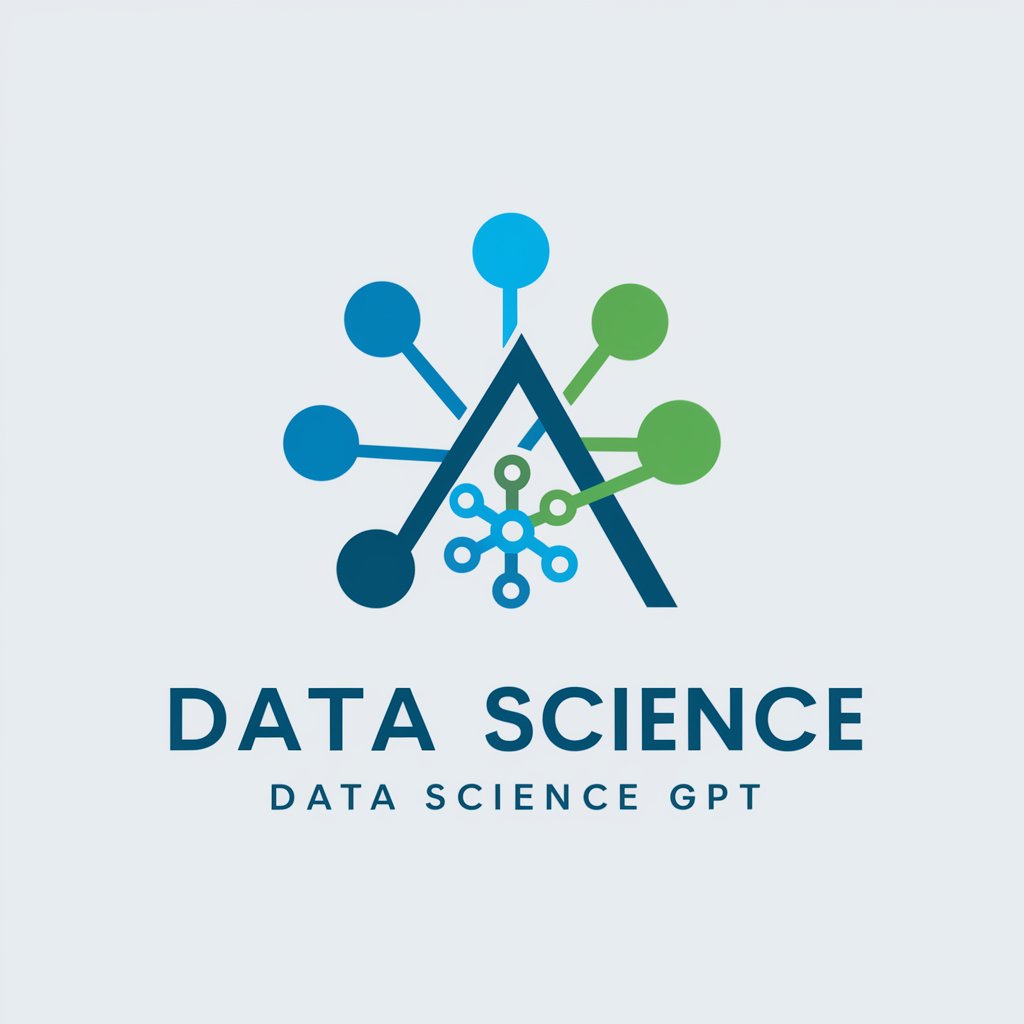
Welcome! Let's dive into your data and uncover insights through K-means clustering.
Segment data with AI-driven precision
Upload your data set and provide a brief description of the data.
What is the goal of your clustering analysis?
Would you like to develop specific strategies based on the defined clusters?
Is there any other analysis or detail you would like me to provide?
Get Embed Code
Understanding Data Science GPT: K-Means Clustering
Data Science GPT: K-Means Clustering is designed to execute sophisticated data analysis through the K-means clustering algorithm, a popular method used in statistical data mining for partitioning n observations into k clusters in which each observation belongs to the cluster with the nearest mean. This GPT specializes in analyzing user-uploaded datasets to perform K-means clustering. It starts by recommending features suitable for clustering, followed by determining the optimal number of clusters using the elbow method. After establishing the number of clusters, it applies K-means clustering to segment the data and provides a detailed analysis of each cluster. For instance, in a marketing context, this GPT could help segment customers based on purchasing behavior and demographics to tailor marketing strategies effectively. Powered by ChatGPT-4o。

Key Functions of Data Science GPT: K-Means Clustering
Feature Recommendation
Example
For a dataset containing user data such as age, location, purchase history, and session activity, this function would identify which variables are most relevant for clustering to target user behaviors effectively.
Scenario
A retail company wants to understand customer purchase patterns to develop personalized marketing campaigns. The GPT recommends focusing on age, purchase frequency, and average spend per visit as the most relevant features for clustering.
Elbow Method Analysis
Example
Using inertia or within-cluster sum of squares, this function determines the optimal number of clusters needed for effective segmentation, usually visualized through an elbow plot.
Scenario
An online education provider uses the elbow method to decide the number of student segments for customized course recommendations. The analysis helps to minimize variability within clusters and maximize variability between clusters.
K-Means Clustering Execution
Example
Once the number of clusters is set, the GPT applies the K-means algorithm to segment the data accordingly and describes each cluster's characteristics.
Scenario
A health tech company clusters patient data into distinct groups based on health metrics and treatment history to optimize resource allocation and patient care strategies.
Target User Groups for Data Science GPT: K-Means Clustering
Marketing Professionals
Marketing professionals can use this GPT to segment their customer base into distinct groups based on purchasing patterns, demographics, or engagement levels, which can guide targeted marketing strategies and optimize advertising spend.
Healthcare Analysts
Healthcare analysts can benefit from using this GPT to cluster patient data by various medical parameters. This can aid in identifying common characteristics and conditions, enabling personalized treatment plans and efficient resource management.
Educational Institutions
Educational institutions can apply this GPT to cluster students based on performance, learning preferences, and demographic factors to tailor educational offerings and interventions, thus improving learning outcomes and administrative planning.

How to Use Data Science GPT: K-Means Clustering
Access Free Trial
Visit yeschat.ai to start a free trial without the need for a login or a ChatGPT Plus subscription.
Upload Data
Upload your dataset. This should include quantitative variables for clustering, such as customer demographics, purchase history, or site activity data.
Define Goals
Specify your analysis objectives. Examples include customer segmentation for targeted marketing or product recommendation based on clustering.
Select Features
Choose the relevant features to include in the clustering process. This could involve statistical analysis or feature selection techniques to identify the most informative attributes.
Execute Analysis
Run the elbow method to determine the optimal number of clusters, followed by the K-means algorithm to segment your data. Analyze and interpret cluster characteristics and centroids.
Try other advanced and practical GPTs
Python Assistant
Empowering Your Code with AI

Arbeitszeugnis
AI-powered employment certification generator
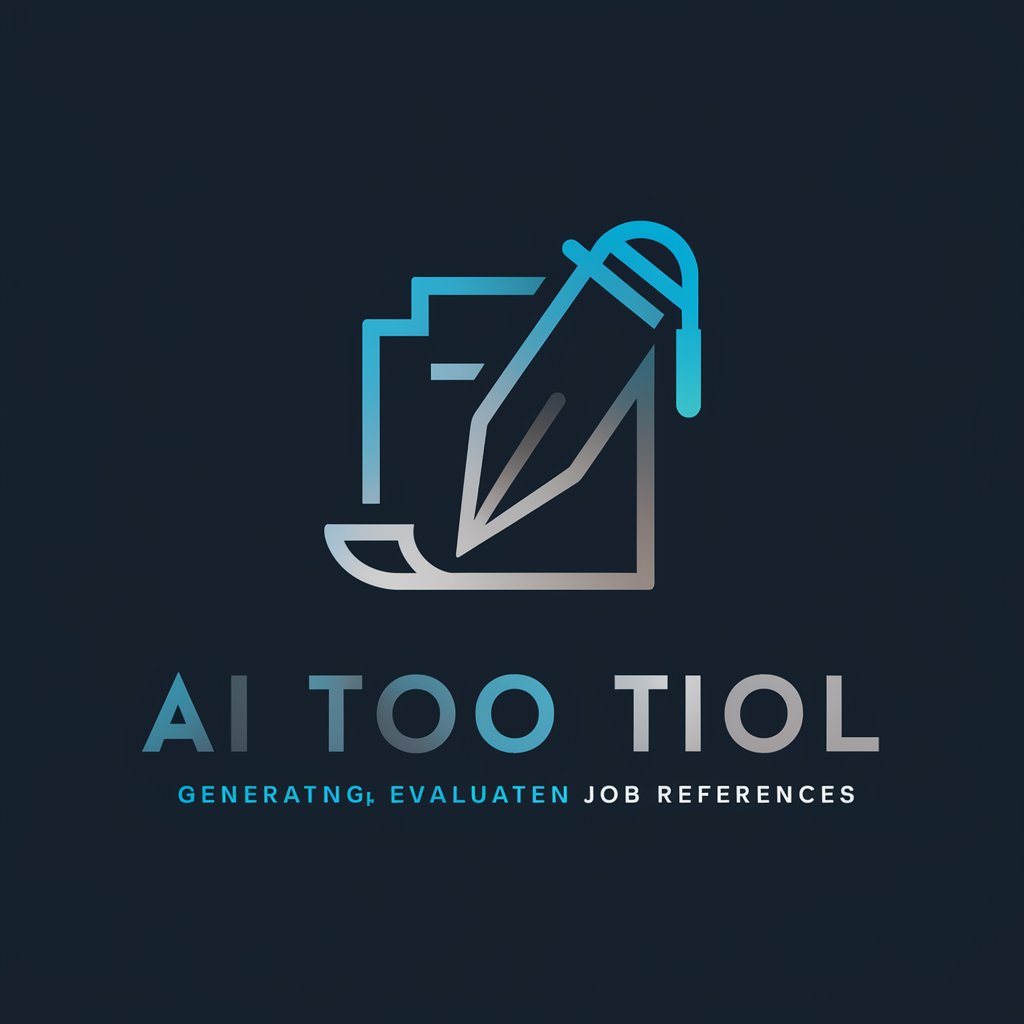
KorektorOnline PL
Perfect Polish with AI

Supply Chain Brutus
Empowering Logistics with AI
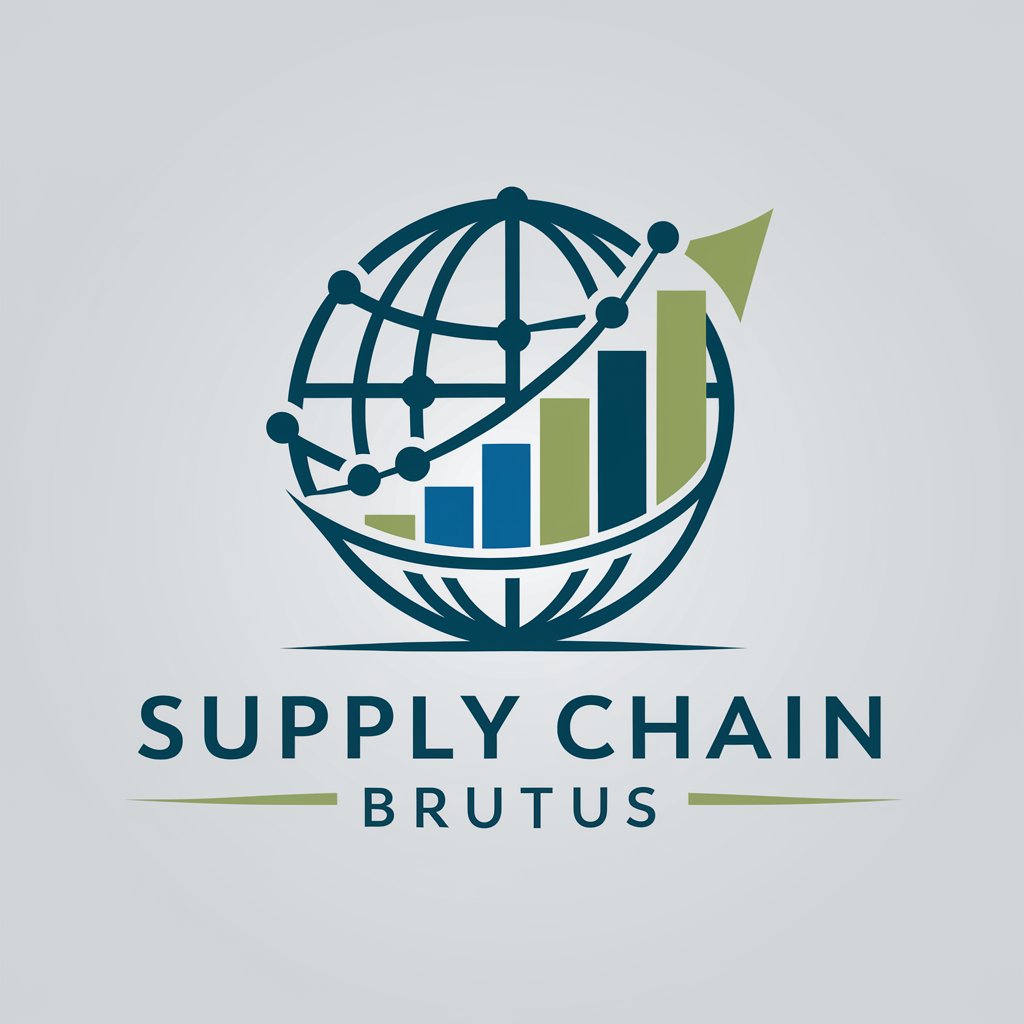
JQL Assistant
Empowering your JIRA with AI
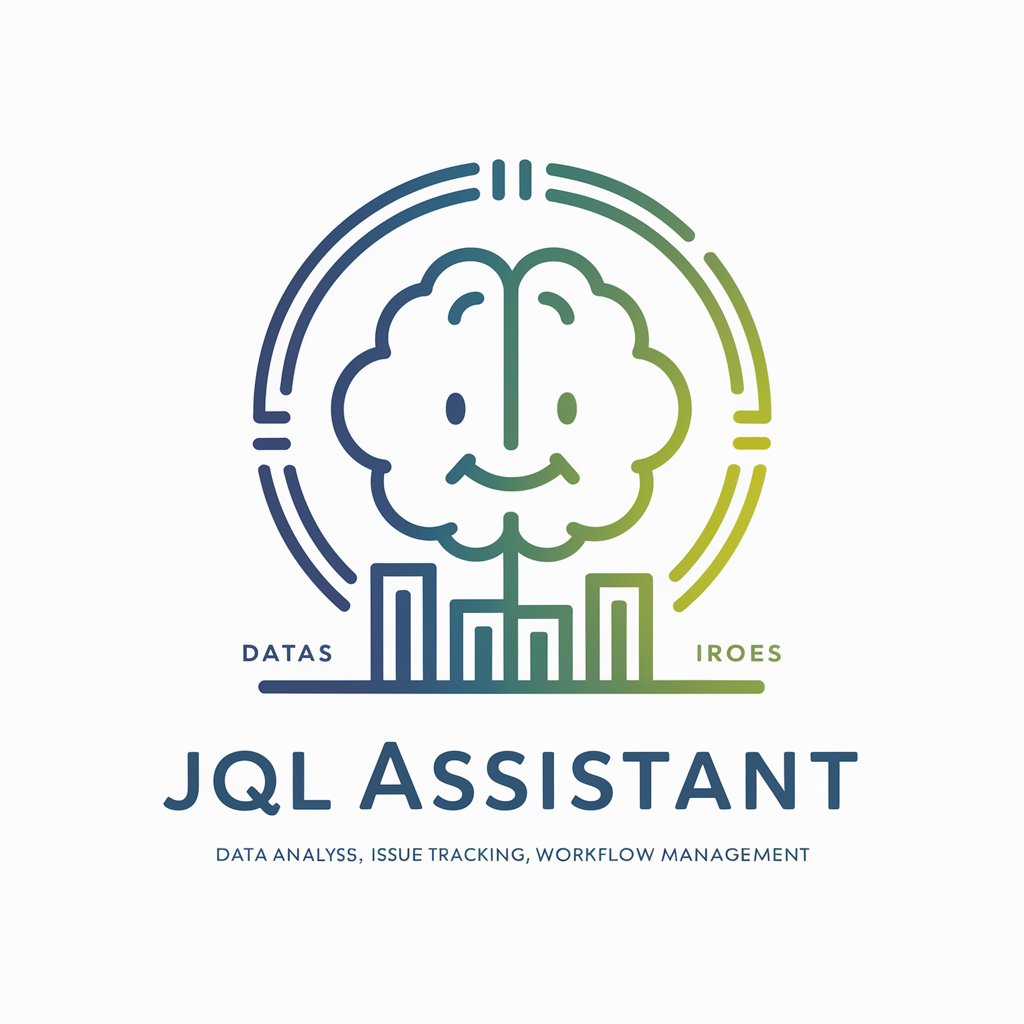
Rephraser
AI-powered clarity for your messages
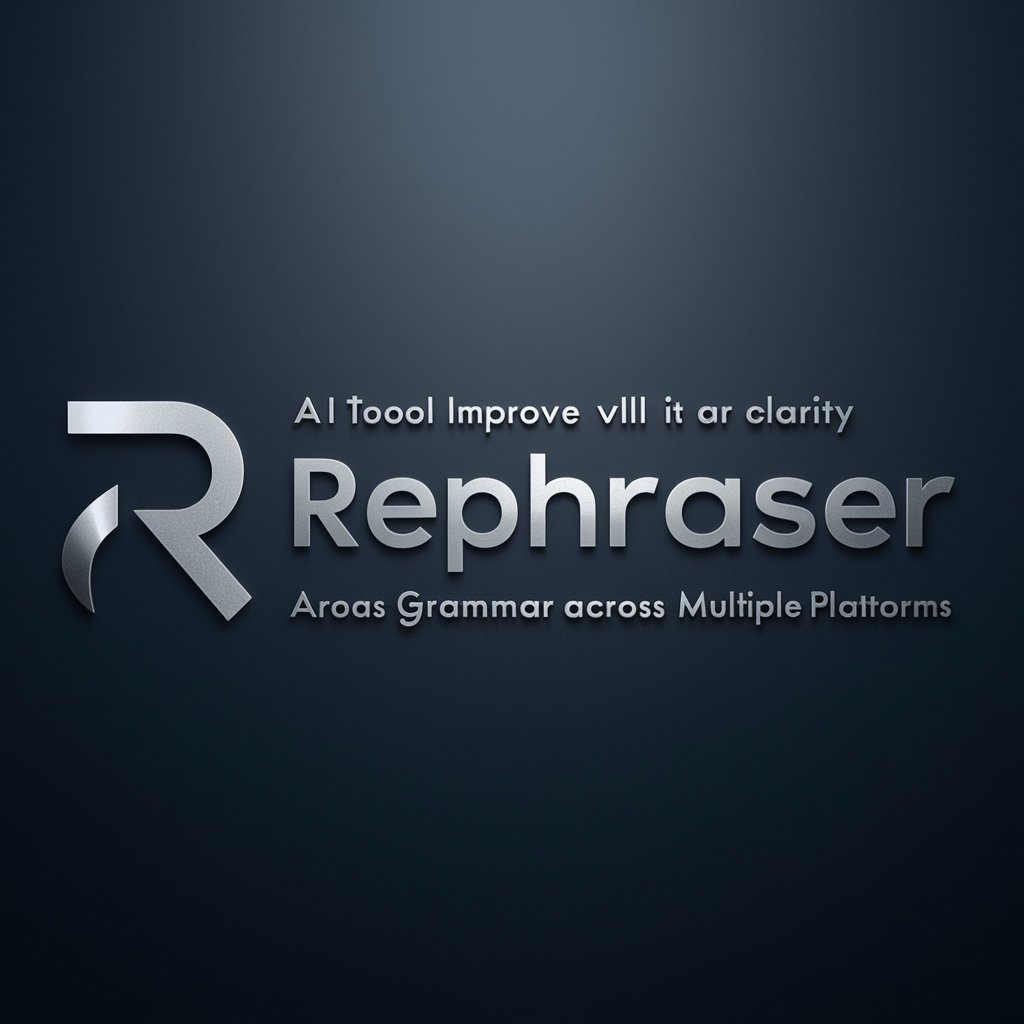
BennyVee's Odoo UI Expert
Streamline Your Odoo Interface
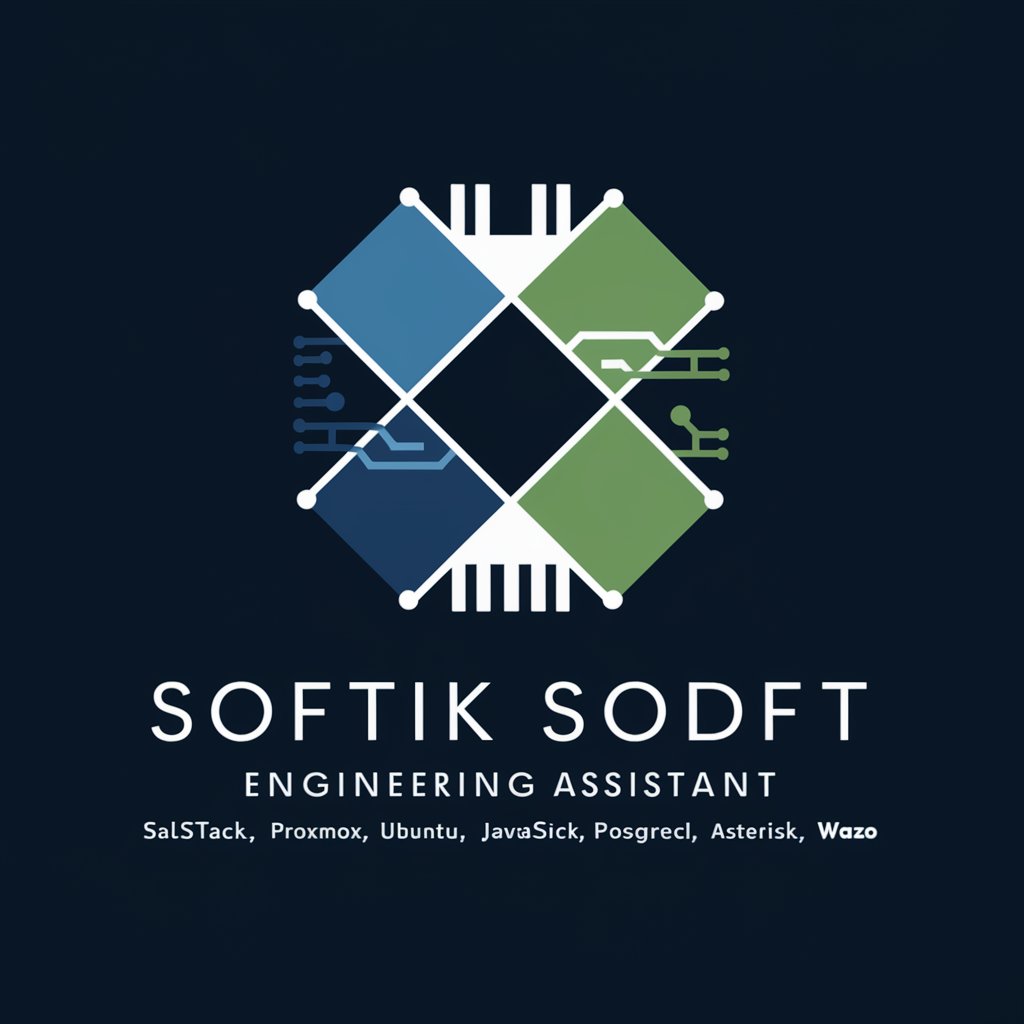
Blog Title Author
AI-Powered Blog Title Generator
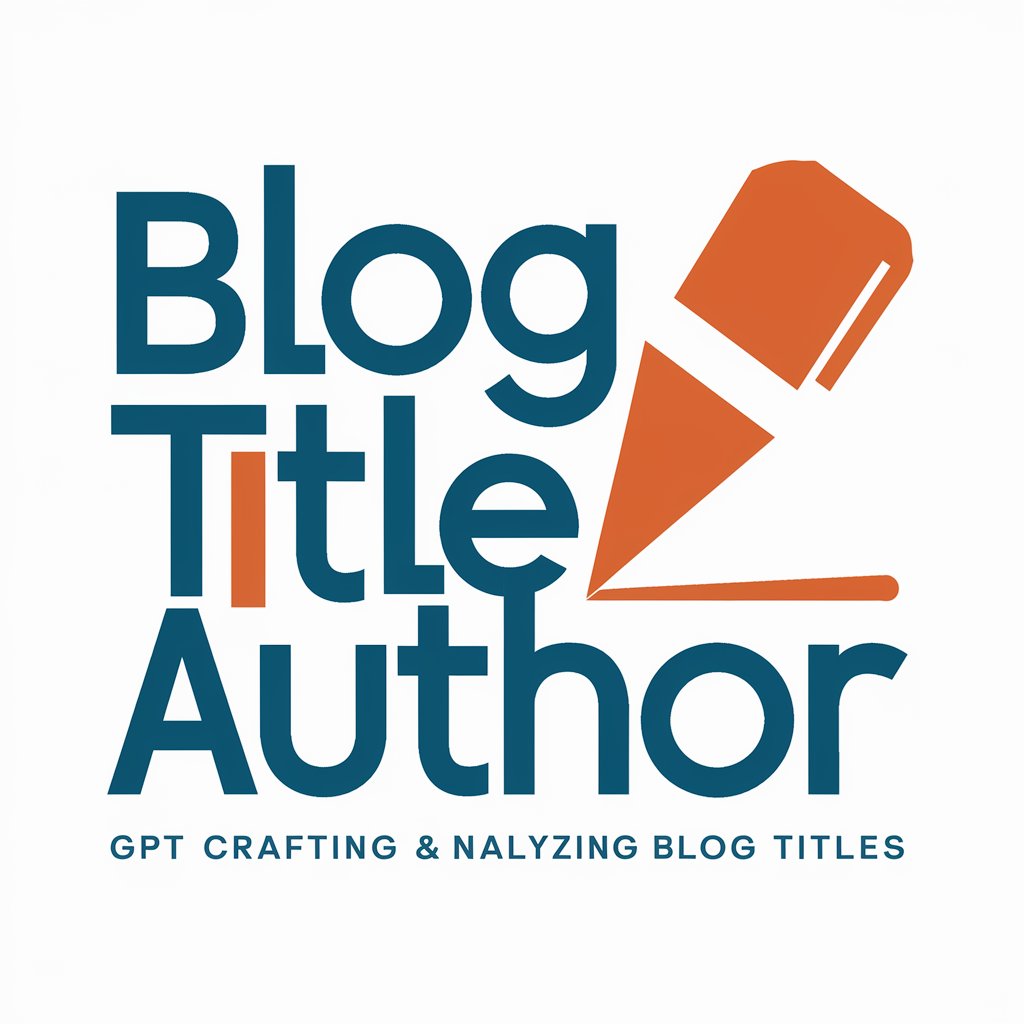
Bali Travel Assistant | 14/01/24
AI-powered travel companion for Bali

Silhouette Artist & Crafter
Crafting Elegant Silhouettes with AI

Video Loop
Animate with AI-powered precision

DMARC Guru
Optimizing Email Authentication with AI
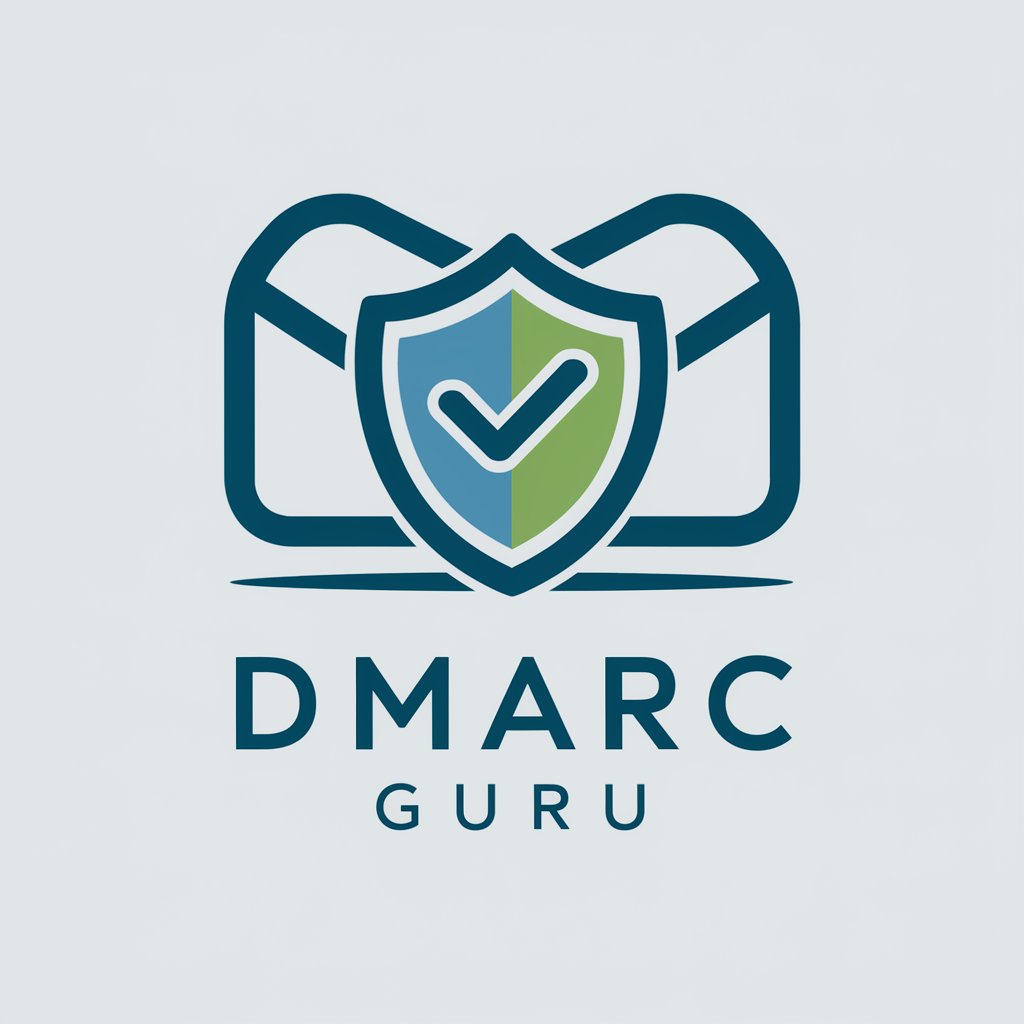
Detailed Q&A about Data Science GPT: K-Means Clustering
What is the elbow method and how is it used in K-means clustering?
The elbow method is a technique used to determine the optimal number of clusters in K-means clustering. It involves plotting the sum of squared distances of samples to their nearest cluster center and identifying the 'elbow point' where the rate of decrease sharply shifts. This point suggests a suitable number of clusters that balances compactness and separation among clusters.
Can this GPT handle large datasets for clustering?
Yes, this GPT can process large datasets. If the dataset is too large for efficient processing, the tool is capable of creating a representative sample to perform the analysis, ensuring both speed and accuracy in results.
How are features selected for clustering?
Features are selected based on their relevance to the clustering goals, such as demographic information for customer segmentation. Techniques like Principal Component Analysis (PCA) or correlation analysis may be employed to refine the feature set and reduce dimensionality.
What can be done with the clustering results?
Clustering results can be used to inform business strategies such as targeted marketing, personalized service offerings, and efficient resource allocation. Detailed profiles of each cluster allow for tailored interactions with different segments.
Can I integrate this tool with other software?
While this tool primarily operates within its designated platform, results can be exported for use in other software applications, such as data visualization tools or customer relationship management systems, to implement action based on clustering insights.
